
One of Jim Failes' photos from a series taken during the 2017 eclipse. "Totality excitement. This is a cropped still-frame from the HD movie. I’m pointing out the bright star Sirius in the southern sky, while sunlight outside the umbra provides a golden backdrop in the SE. The eclipsed sun is out of frame at the top."
Image Credit: Jim Failes
November 19, 2023 - 8:00 AM
The Okanagan has a reputation as a mecca for amateur astronomers, but the hobby has changed dramatically in the last ten years shifting from simply viewing the stars to photographing them.
Jim Failes with the Mount Kobau Astronomical Society has been stargazing in the Okanagan since the 1980s and has seen how hobby astronomy has changed in the region over time. As the Okanagan’s population grows, more light pollution blocks the stars, and new technology helps astronomers adapt.
“The long-term story is the skies are getting more and more washed out especially in the valley’s three main urban centres: Kelowna, Vernon, Penticton. Even if you live in one of the smaller centres like Salmon Arm, Summerland, Osoyoos, your skies are still compromised,” Failes said.
With more light pollution and improvements in digital photography, there's a shift from staring at the stars to taking pictures of them.
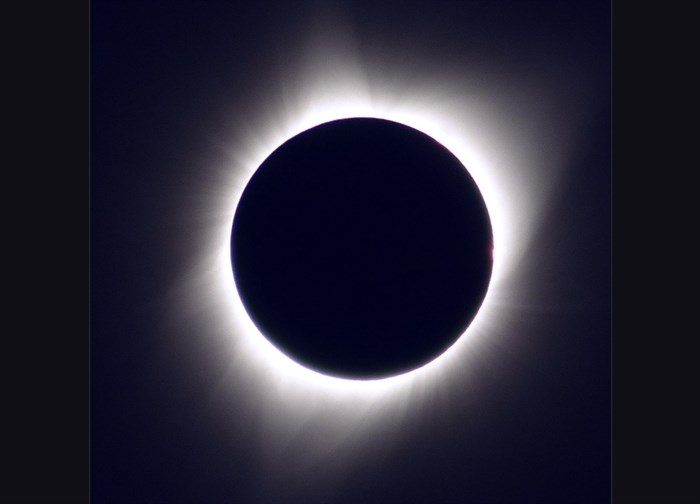
Jim Failes' image of the eclipse in 2017.
Image Credit: Jim Failes
Stargazers have to travel out of urban areas to get a clear view of the night sky, but with a decent digital camera and post-production software like photoshop, astrophotographers can edit out light pollution and capture impressive images.
Sean Perdue, Adrian Fontenla, Steve Tambosso, Terry Adrian and Failes are local astrophotographers who have shared some of their "spectacular" night sky shots.
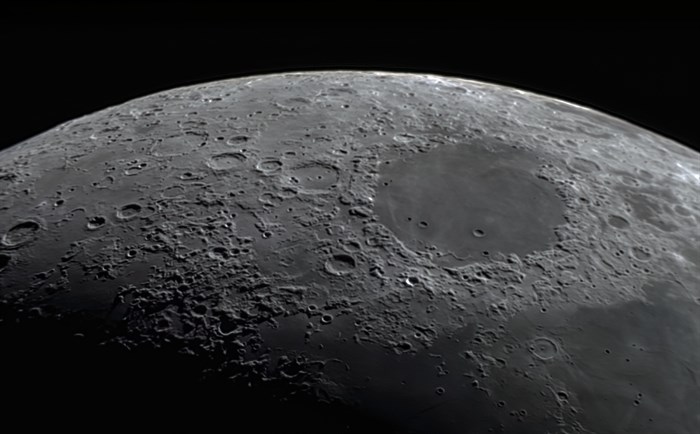
Sean Perdue's close-up of the moon. "This close up of the crescent moon shows the smooth Sea of Crises, which measures 556 km in diameter and is visible without any optical aid."
Image Credit: Sean Perdue
“A fairly modestly equipped person can take spectacular photos. Even new cell phones can perform reasonably well in a dark sky,” Failes said.
“It’s literally true that members of the club here in the Okanagan and across Canada who are taking pictures with fairly modest size telescopes are getting better images than what the biggest telescopes in the world were taking a generation ago. It’s astounding,” he said.
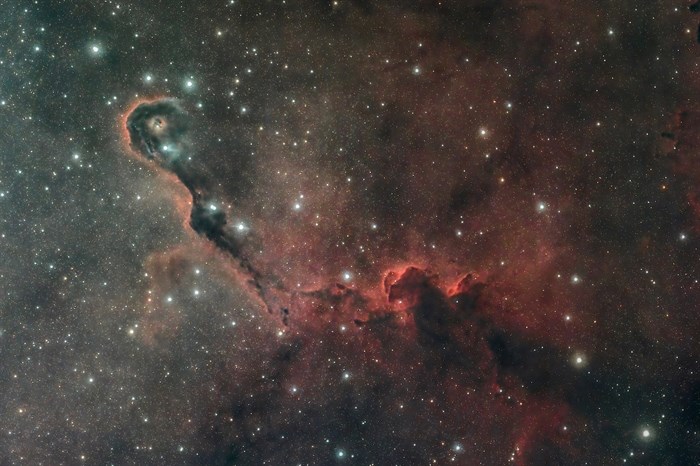
Steve Tambosso's image of the elephant trunk nebula.
Image Credit: Steve Tambosso
For those aspiring astronomers who aren’t able to shell out $500 to $1,000 for a quality telescope, a pair of binoculars and an astronomy app are enough to get started.
READ MORE: IN PHOTOS: Where to find abandoned flumes in Kamloops and the Okanagan
“We usually recommend young people or aspiring astronomers to start out with just a decent pair of binoculars. Maybe get an app for their phone to help them identify what they’re seeing in the sky and learn some of the constellations,” Failes said.
Technology has changed how people view the night sky, but he said the wonders of celestial viewing haven’t changed.
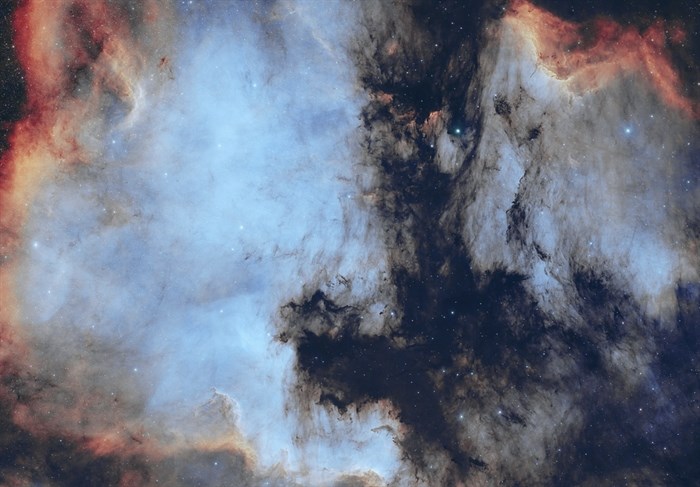
Adrian Fontenla's image of the Pelican Nebula.
Image Credit: Adrian Fontenla
“A lot of amateur astronomers tell the same story that the first time they saw Saturn with its rings through the telescope they were gobsmacked and never lost interest. Same for me, Saturn is one of the first things I remember seeing,” he said.
The Mount Kobau Astronomical Society hosts free stargazing events just a few minutes up Big White Road.
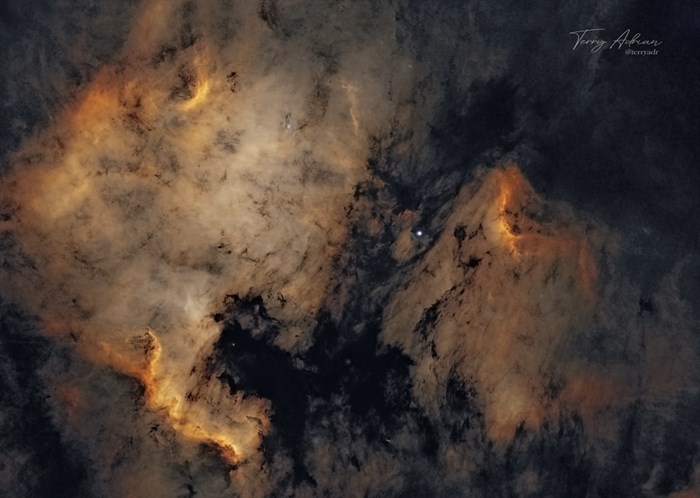
Terry Adrian's shot of the North American and Pelican Nebular starless.
Image Credit: Terry Adrian
Failes says astronomy clubs are not as popular as they used to be, but getting together and staring at the night sky is still as rewarding.
“We have these public stargazing nights on Fridays during the spring, summer and fall. When our guests get their first look through a telescope and they see a star cluster or the moon’s craters, Saturn with its rings,and Jupiter with its moons, they're amazed and just as entranced as those of us who have been doing it for a long time,” he said.
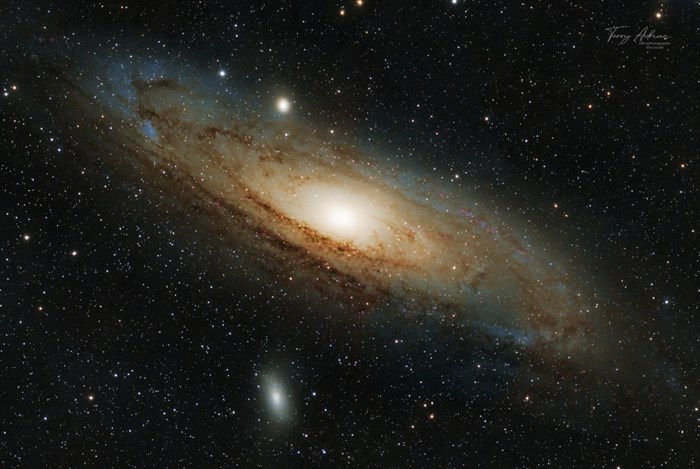
Terry Adrian captured this image in the Westbank.
Image Credit: Terry Adrian
Find out more about the Mount Kobau Astronomical Society here.
See more of Jim Failes’ photos here.
See more of Sean Perdue’s photos here.
See more of Adrian Fontenla’s photos here.
See more of Terry Adrian's photos here.
To contact a reporter for this story, email Jesse Tomas or call 250-488-3065 or email the editor. You can also submit photos, videos or news tips to the newsroom and be entered to win a monthly prize draw.
We welcome your comments and opinions on our stories but play nice. We won't censor or delete comments unless they contain off-topic statements or links, unnecessary vulgarity, false facts, spam or obviously fake profiles. If you have any concerns about what you see in comments, email the editor in the link above. SUBSCRIBE to our awesome newsletter here.
News from © iNFOnews, 2023